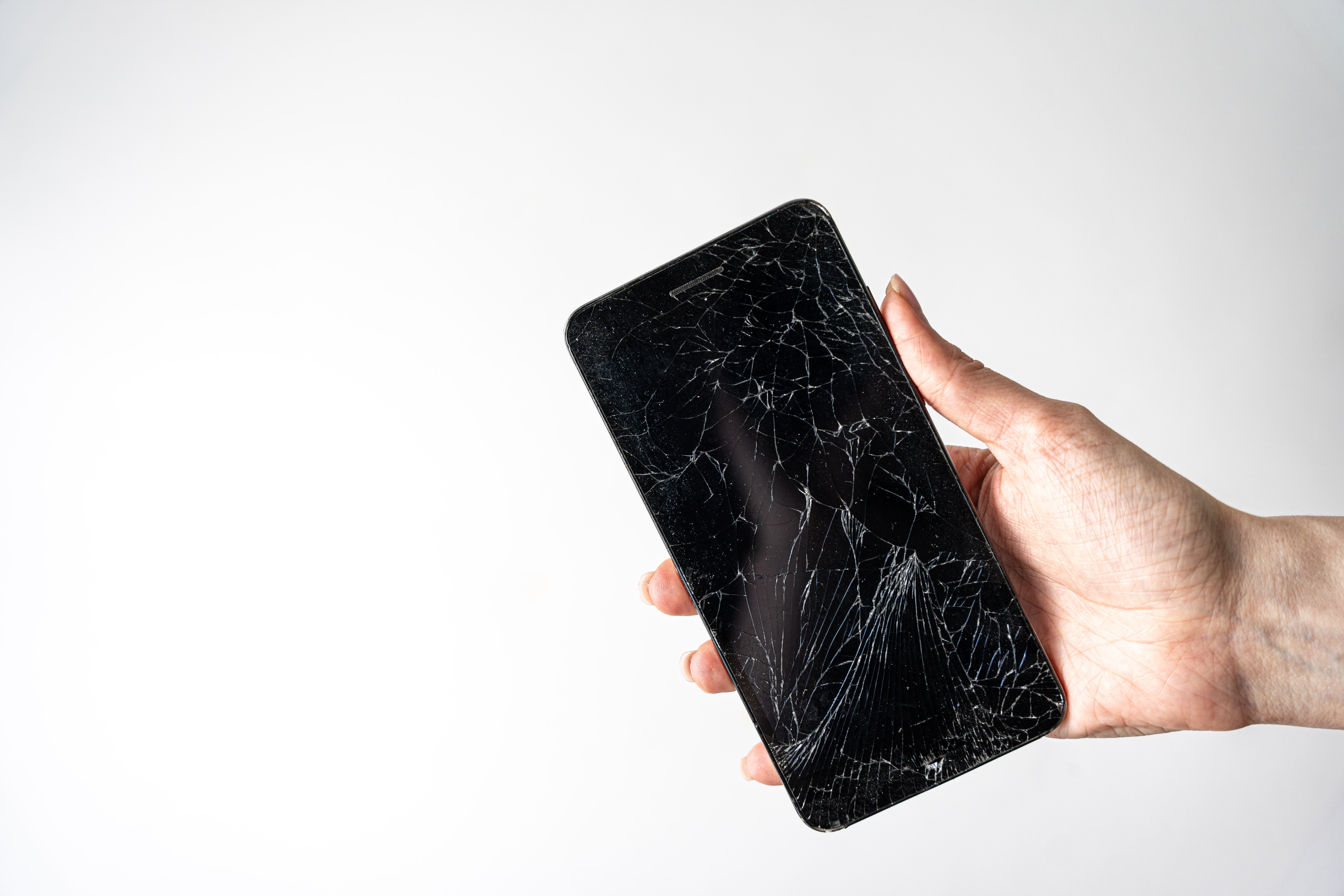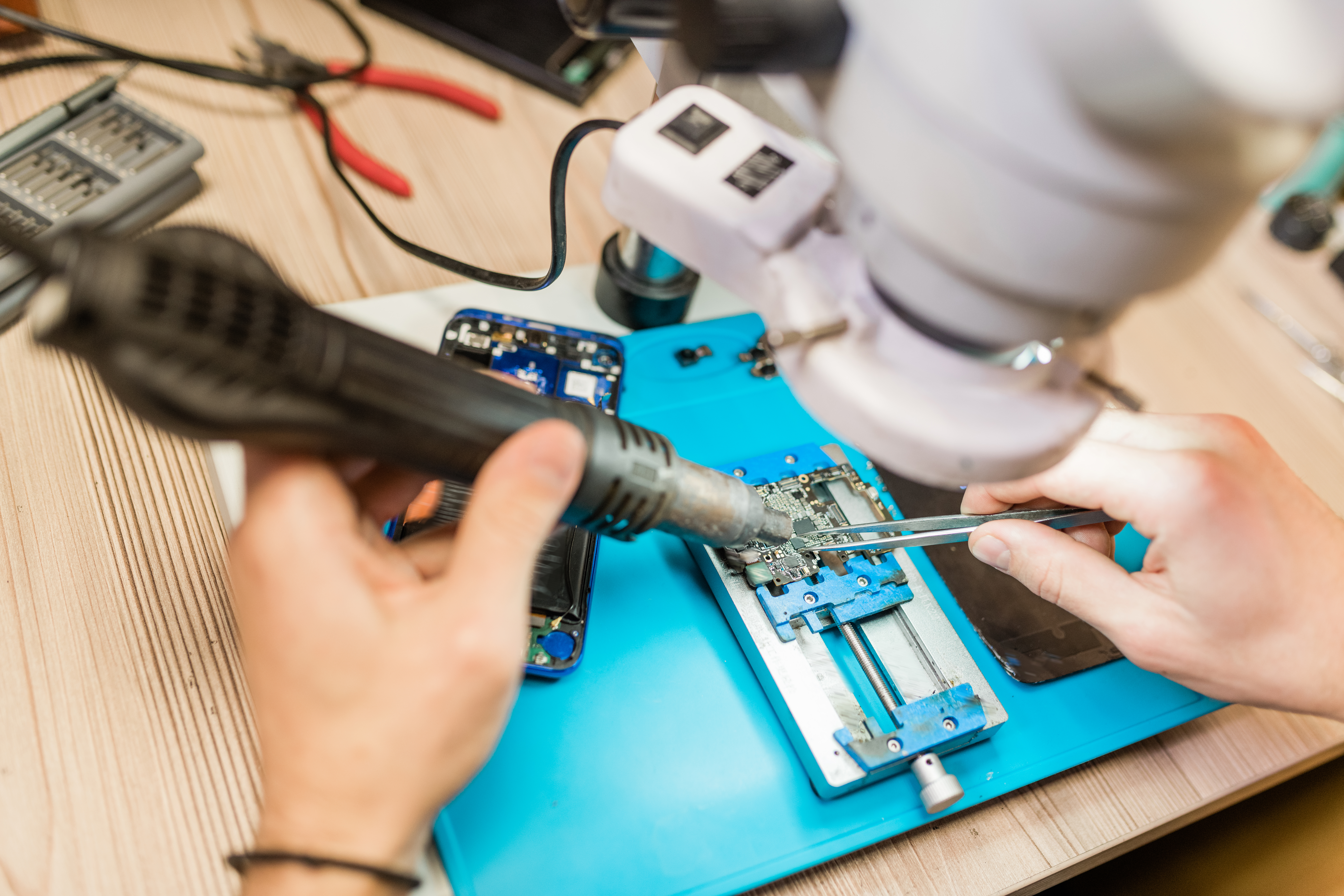In our modern world, our smartphones have become an indispensable part of our lives. From staying connected with loved ones to managing work tasks and accessing information on the go, our phones are our lifelines. So, when your phone suddenly refuses to turn on, it can be a panic-inducing situation. However, before you start envisioning a hefty repair bill or rushing to the nearest store for a replacement, there are several steps you can take to troubleshoot and potentially fix the issue yourself. In this blog post, we’ll explore some common reasons why phones fail to turn on and provide you with a step-by-step guide on what to do when faced with this dilemma.
1. Check the Basics
Before diving into more complicated solutions, it’s essential to start with the basics. Here are some initial steps you can take:
Ensure that your phone is adequately charged by plugging it into a power source.
Try using a different charging cable and adapter to rule out any issues with the charging accessories.
If your phone has a removable battery, try removing it and reinserting it after a few seconds. This can sometimes help reset the device.
2. Perform a Forced Restart
If your phone is unresponsive and won’t turn on, performing a forced restart may help kick-start the system. The method for doing this varies depending on the make and model of your phone. Here’s how you can do it for some popular brands:
iPhone: Press and hold the Power button and either the Volume Up or Volume Down button simultaneously until you see the Apple logo.
Android (Samsung, Google Pixel, etc.): Press and hold the Power button for at least 10-15 seconds until the device vibrates or you see the manufacturer’s logo.



3. Check for Physical Damage
Accidental drops or exposure to water can cause physical damage to your phone, leading to power issues. Inspect your phone closely for any signs of damage such as cracks, dents, or water ingress. If you notice any damage, it’s best to take your phone to a professional for repair.
4. Connect to a Computer
If your phone still won’t turn on, try connecting it to a computer using a USB cable. Sometimes, your computer may recognize the device even if it’s not powering on, which could indicate a software-related issue rather than a hardware problem. You can then attempt to troubleshoot further or perform a software update using the appropriate tools provided by the manufacturer.
5. Seek Professional Help
If none of the above steps resolve the issue and your phone remains unresponsive, it may be time to seek professional assistance. Contact the manufacturer’s customer support or visit a certified repair center to have your phone examined by trained technicians. They will be able to diagnose the problem accurately and recommend the necessary repairs.
Conclusion
Experiencing a situation where your phone won’t turn on can be frustrating and worrisome, but it’s essential not to panic. By following the steps outlined in this guide, you can troubleshoot the issue effectively and, in many cases, resolve it without incurring significant costs. Remember to start with simple solutions such as checking the charging and performing a forced restart before moving on to more advanced troubleshooting methods. And if all else fails, don’t hesitate to seek professional help to get your phone back up and running again. After all, staying connected in today’s digital age is more important than ever.







